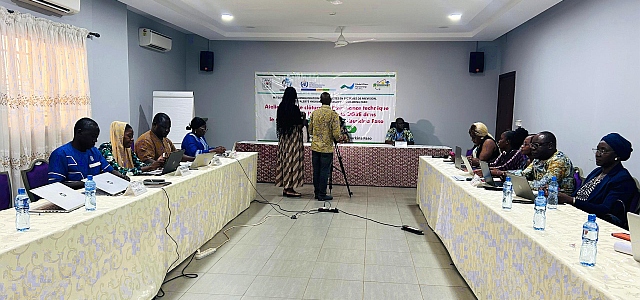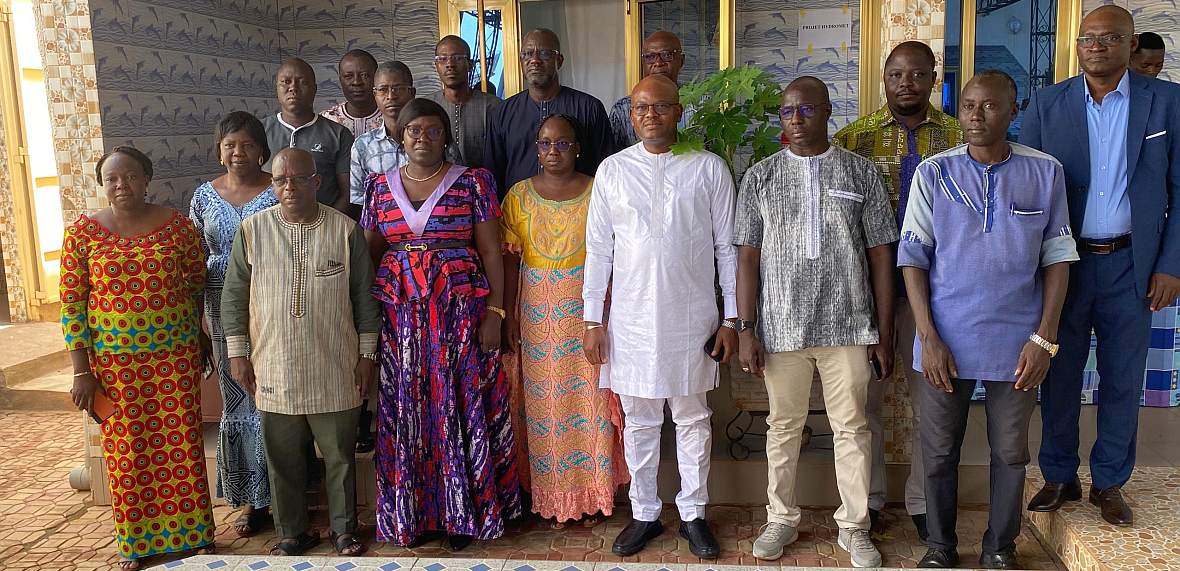The meeting brought together some 20 participants, including representatives of HYDROMET-BF, the Research Officer and the Project Officer from the Ministry of Environment, Water and Sanitation, the National Meteorological Agency (ANAM), the Directorate General of Water Resources (DGRE), SP-CONASUR, the Directorate General of Civil Protection (DGPC) and the Global Water Partnership West Africa (GWP-WA).
The ceremony was chaired by Ms DUBARRY/BATIONO N. Flora, Director General of Water Resources, who delivered the opening speech.
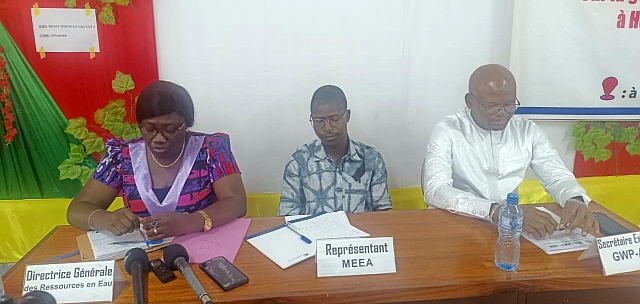 Among other things, the meeting made it possible to (1) analyse the forecasts of ANAM and DGRE/DEIE before, during and after the flood; (2) analyse and evaluate the communication chain operated before, during and after the event between
Among other things, the meeting made it possible to (1) analyse the forecasts of ANAM and DGRE/DEIE before, during and after the flood; (2) analyse and evaluate the communication chain operated before, during and after the event between
ANAM forecasters and DGRE/DEIE forecasters; between forecasters (ANAM and DGRE/DEIE) and risk and disaster managers (CONASUR, DGPC, etc.); and between CONASUR and DGPC; and finally (3) to evaluate the overall effectiveness of the chain of operations in terms of forecasting, warning, and actions on the ground with the benefit of hindsight from a past event.
It was within the framework of the Climate Resilience Strengthening Project in Burkina Faso (HYDROMET-BF Project) that a technical assistance contract for the design, development and implementation of a Flood Early Warning System (SAPCI) and the improvement of associated services and the modernisation of hydrometeorological services was signed between the Government of Burkina Faso and the World Meteorological Organisation (WMO) in February 2023.
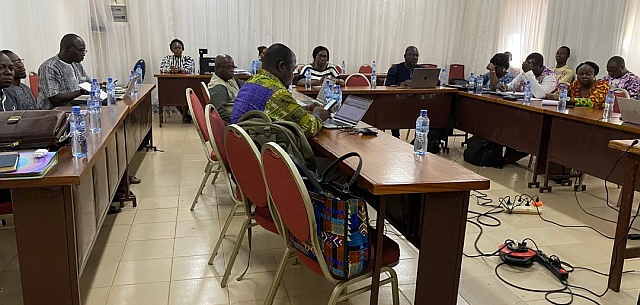 The WMO's technical assistance aims to build institutional and professional capacities to consolidate a National Meteorological Service at the ANAM level and a National Hydrological Service at the DGRE level, capable of jointly developing forecasts and information on hydrometeorological risks, such as floods and inundations, which have had a significant impact on Burkina Faso in recent years.
The WMO's technical assistance aims to build institutional and professional capacities to consolidate a National Meteorological Service at the ANAM level and a National Hydrological Service at the DGRE level, capable of jointly developing forecasts and information on hydrometeorological risks, such as floods and inundations, which have had a significant impact on Burkina Faso in recent years.
Tangible and concrete results have been achieved through the implementation of this technical assistance.
With regard to ANAM, equipment has been acquired and installed, including meteorological monitoring, forecasting, data integration and public communication systems. This has included technical training tailored to the needs of ANAM specialists.
With regard to the DGRE, the SAPCI has been developed and implemented at the national level for river or slow floods, and at the local level for rapid floods or flash floods. A framework plan for the production and provision of flood forecasting services for the DGRE was developed, as well as standard operating procedures (SOPs) for forecasting and warning for the main institutions concerned (ANAM, DGRE, DGPC, CONASUR) in Burkina Faso. DGRE professionals have received tailored training to enable them to understand both the modelling of different types of floods and their monitoring and forecasting using various tools (FFGS, FANFAR, VoltAlam, SAPCI National, SAPCI
local). Finally, workshops and exchanges of experiences between Burkina Faso, Togo, Sweden and Italy reinforced the need for close and well-coordinated collaboration between ANAM, DGRE, DGPC and CONASUR to ensure the effectiveness of early warning systems in meeting the needs of the population.
With the aim of further strengthening this inter-institutional collaboration in flood forecasting, monitoring, warning and management, an institutional workshop to share experiences and simulate flood management will be held on 21 August 2024 in Hèrèdougou on National Road No. 1.
Global Water Partnership West Africa (GWP-WA) is the implementing partner for the action, with the effective participation of the Executive Secretary.
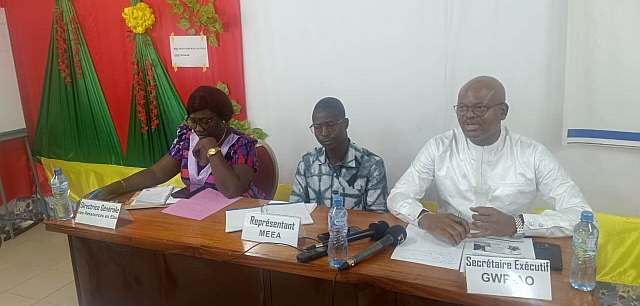 The participants in the two-day workshop made recommendations on:
The participants in the two-day workshop made recommendations on:
- The types of hydrometeorological forecasts and information made available by ANAM and DGRE/DEIE before, during and after the event;
- Anticipatory actions to be taken at institutional level;
- The implementation of Standard Operating Procedures within the institutions: list of stages, priorities and actions to be undertaken for each institution; and
- A review of the standard operating procedures for forecasting and warning, with recommendations for improving the chain of communication between the various players before, during and after a hydrometeorological event.
A final workshop to conclude the WMO's technical assistance to ANAM and DGRE as part of the HYDROMET-BF project was held on 26 June 2026 in Ouagadougou, following the workshop in Ziniaré.
The objective of this final workshop was to officially close the WMO's technical assistance to ANAM and DGRE within the framework of the HYDROMET-BF project, to take stock and to identify prospects for consolidation and scaling up of both results and achievements.
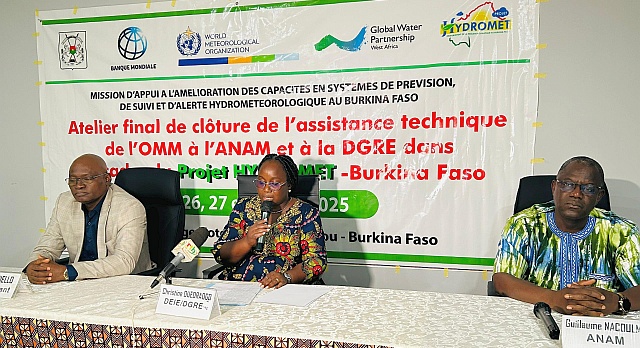 In her speech, the Director of Water Studies and Information (DEIE), Ms Christine TAPSOBA/OUEDRAOGO, expressed Burkina Faso's satisfaction with the results achieved in the implementation of the project. She said: "On behalf of the authorities of the Ministry of Environment, Water and Sanitation, I would like to express our complete satisfaction with the progress made. Joint efforts have enabled us to achieve key milestones, which we must now consolidate through enhanced inter-institutional cooperation. My thanks go above all to the HYDROMET project team for initiating and facilitating the implementation of these activities, and to the World Bank and our partners such as the World Meteorological Organisation (WMO) and the Global Water Partnership West Africa (GWP-WA) for their constant and structural support, all of which has enabled us to achieve major results in strengthening national capacities for hydrometeorological forecasting, monitoring and warning".
In her speech, the Director of Water Studies and Information (DEIE), Ms Christine TAPSOBA/OUEDRAOGO, expressed Burkina Faso's satisfaction with the results achieved in the implementation of the project. She said: "On behalf of the authorities of the Ministry of Environment, Water and Sanitation, I would like to express our complete satisfaction with the progress made. Joint efforts have enabled us to achieve key milestones, which we must now consolidate through enhanced inter-institutional cooperation. My thanks go above all to the HYDROMET project team for initiating and facilitating the implementation of these activities, and to the World Bank and our partners such as the World Meteorological Organisation (WMO) and the Global Water Partnership West Africa (GWP-WA) for their constant and structural support, all of which has enabled us to achieve major results in strengthening national capacities for hydrometeorological forecasting, monitoring and warning".
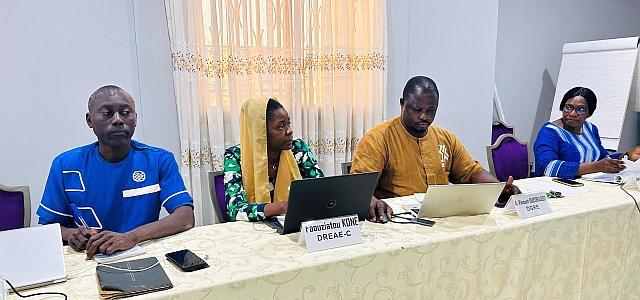 This closing workshop provided an opportunity to take stock of the activities carried out under the agreement; to identify the results and achievements of the agreement's implementation, as well as the measures needed to consolidate and sustain them; to identify failures, which were analysed, and ways to correct and avoid them in the future; analyse opportunities for the continuation and completion of ongoing activities or those not yet started; and identify lessons learned from the deployment of Technical Assistance and future prospects.
This closing workshop provided an opportunity to take stock of the activities carried out under the agreement; to identify the results and achievements of the agreement's implementation, as well as the measures needed to consolidate and sustain them; to identify failures, which were analysed, and ways to correct and avoid them in the future; analyse opportunities for the continuation and completion of ongoing activities or those not yet started; and identify lessons learned from the deployment of Technical Assistance and future prospects.
